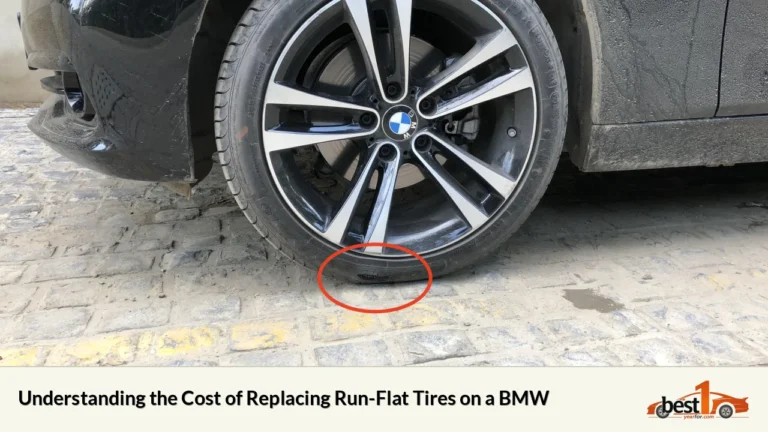Spoilers have long been a hallmark of high-performance vehicles, combining form and function to enhance both aesthetics and aerodynamics. From iconic classics to modern supercars, these aerodynamic additions have become an integral part of automotive design. Let's explore ten awesome cars that showcase the art and science of spoilers, demonstrating how these components contribute to performance, style, and overall appeal.
| Car Model | Spoiler Type | Notable Features |
|---|---|---|
| Porsche 911 GT3 RS | Fixed rear wing | Adjustable, race-inspired design |
| Ferrari F40 | Integrated rear spoiler | Iconic design, part of the body structure |
| Lamborghini Aventador SVJ | Active aerodynamics system | Adjustable flaps, ALA 2.0 technology |
| Dodge Charger Daytona | Massive rear wing | NASCAR-inspired, record-breaking design |
| McLaren Senna | Active rear wing | Hydraulically actuated, doubles as air brake |
The Porsche 911 GT3 RS: A Masterclass in Aerodynamics
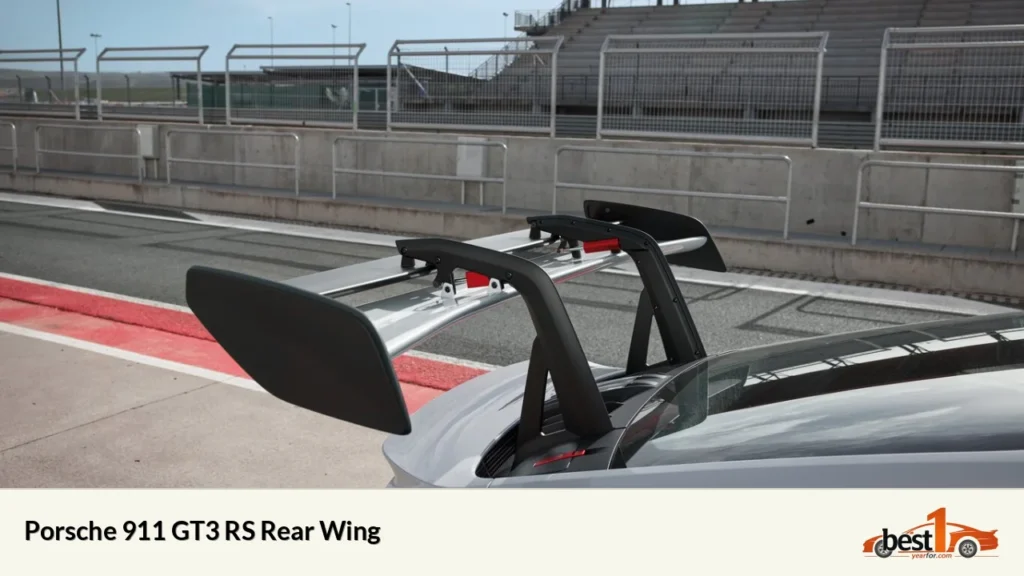
The Porsche 911 GT3 RS stands as a testament to the marriage of form and function in automotive design. Its most striking feature is undoubtedly the large, fixed rear wing that has become synonymous with the GT3 RS nameplate. This aerodynamic masterpiece is not just for show; it's a crucial component in the car's performance arsenal[1].
The GT3 RS's rear wing is a marvel of engineering, carefully sculpted to provide maximum downforce while minimizing drag. Its design is the result of countless hours of wind tunnel testing and real-world track experience. The wing is fully adjustable, allowing drivers to fine-tune the car's aerodynamic balance for different track conditions or driving styles[2].
What sets the GT3 RS apart is how Porsche has integrated the spoiler into the overall design of the car. It's not an afterthought or a bolt-on accessory, but an integral part of the vehicle's silhouette. This integration ensures that the spoiler works in harmony with other aerodynamic elements, such as the front splitter and underbody diffusers, to create a cohesive package that keeps the car planted at high speeds.
Ferrari F40: The Iconic Integrated Spoiler

When it comes to iconic supercars with memorable spoilers, the Ferrari F40 stands in a league of its own. Launched in 1987 to celebrate Ferrari's 40th anniversary, the F40 featured a distinctive integrated rear spoiler that has become one of the most recognizable design elements in automotive history[1].
The F40's spoiler is a masterpiece of functional design. Unlike many cars where the spoiler appears to be an add-on, the F40's aerodynamic element is seamlessly blended into the car's body. This integration not only contributes to the vehicle's striking appearance but also plays a crucial role in its performance capabilities[2].
The spoiler's design was the result of extensive wind tunnel testing and Ferrari's racing experience. It works in conjunction with the car's flat underbody and rear diffuser to generate significant downforce, keeping the F40 stable at high speeds. This aerodynamic package was revolutionary for its time, allowing the F40 to achieve a top speed of over 200 mph – a remarkable feat for a road car in the late 1980s.
Lamborghini Aventador SVJ: Active Aerodynamics in Action
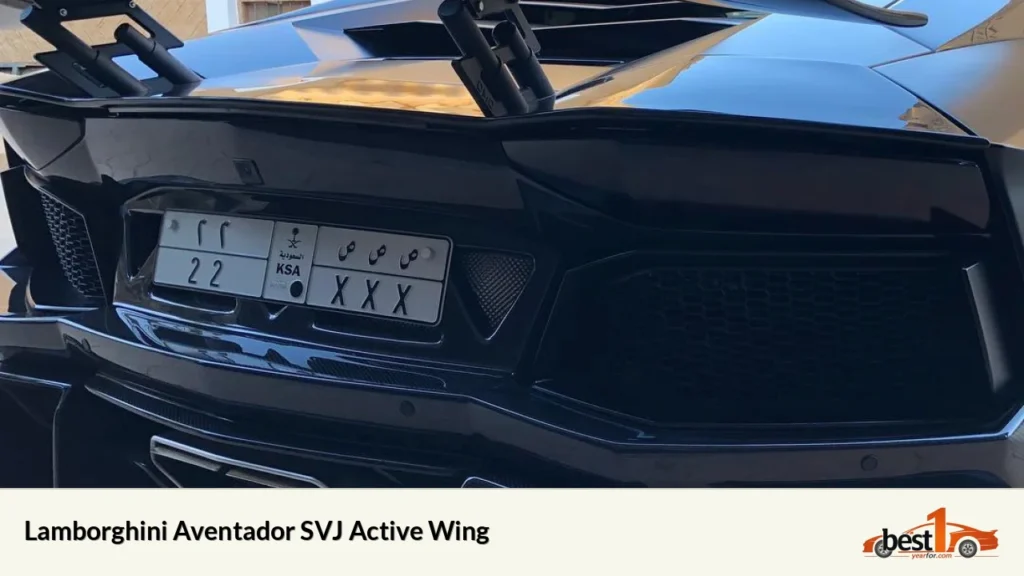
The Lamborghini Aventador SVJ takes the concept of spoilers to a whole new level with its advanced active aerodynamics system, known as ALA 2.0 (Aerodinamica Lamborghini Attiva). This system represents the cutting edge of automotive aerodynamic technology, combining traditional fixed elements with actively adjustable components[1].
The heart of the ALA 2.0 system is the Aventador SVJ's prominent rear wing. Unlike traditional fixed spoilers, this wing can adjust its angle in real-time to optimize downforce or reduce drag as needed. The system uses a series of electronically controlled flaps and air channels to manipulate airflow over and around the car[2].
What makes the Aventador SVJ's aerodynamics truly remarkable is its ability to adjust asymmetrically. During cornering, the system can increase downforce on the inner wheel, helping to reduce understeer and improve overall handling. This level of aerodynamic sophistication allows the Aventador SVJ to achieve incredible performance figures, including a Nürburgring lap record for production cars at the time of its release.
Dodge Charger Daytona: The Legend of the Wing Car
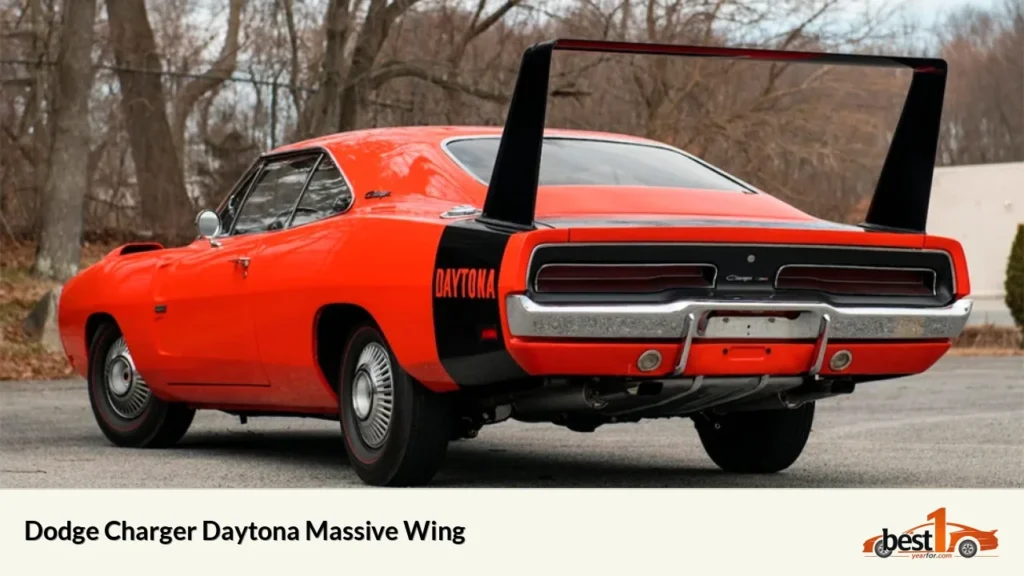
In the world of automotive spoilers, few are as iconic or as outrageous as the massive rear wing found on the 1969 Dodge Charger Daytona. This car, along with its Plymouth Superbird sibling, represents a unique chapter in American automotive history where aerodynamics took center stage in the pursuit of NASCAR supremacy[1].
The Charger Daytona's wing stands an incredible 23 inches tall, mounted on tall vertical struts that position it high above the trunk lid. While it may seem excessive by modern standards, this design was the result of extensive wind tunnel testing and real-world experimentation. The height of the wing was carefully calculated to place it in clean air, above the turbulence created by the car's body[2].
The effectiveness of this aerodynamic package was undeniable. The Charger Daytona became the first NASCAR stock car to break the 200 mph barrier on a closed circuit. Its dominance on the track was so complete that NASCAR eventually changed its rules, effectively banning these "wing cars" from competition. Today, the Charger Daytona remains a highly sought-after collector's item, with its enormous wing serving as a testament to a bygone era of automotive innovation.
McLaren Senna: The Ultimate in Functional Aerodynamics
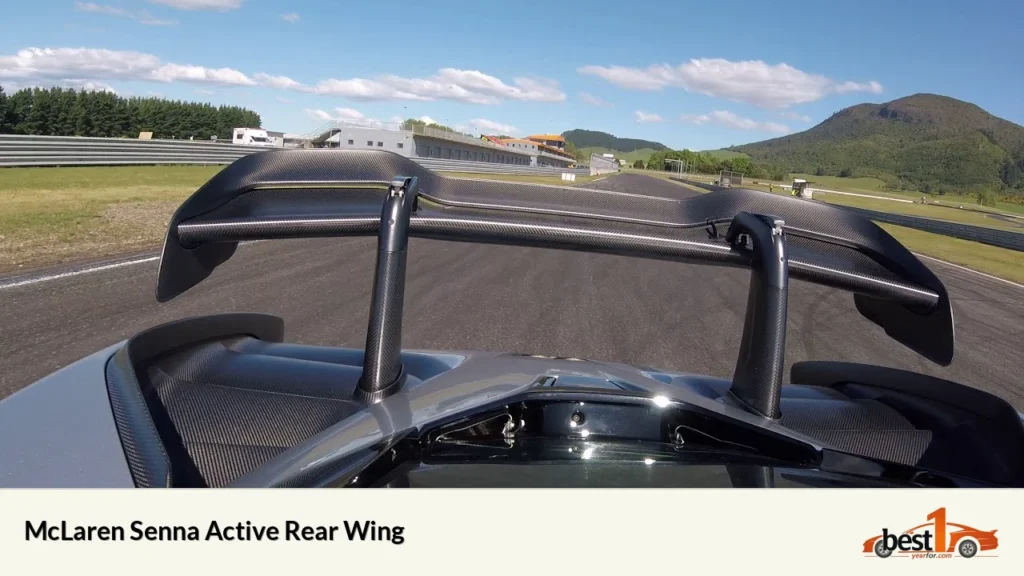
Named after the legendary Formula 1 driver Ayrton Senna, the McLaren Senna represents the pinnacle of aerodynamic design in road-legal supercars. At the heart of its aerodynamic package is a large, active rear wing that epitomizes the car's "form follows function" philosophy[1].
The Senna's rear wing is a marvel of engineering, capable of constantly adjusting its angle to provide optimal downforce in any driving situation. In its most aggressive setting, the Senna can generate up to 1,764 pounds of downforce at 155 mph, effectively pressing the car into the road for maximum grip and stability[2].
But what truly sets the Senna's wing apart is its versatility. In addition to its downforce-generating capabilities, the wing also functions as an air brake. When the driver hits the brakes at high speed, the wing rotates to a near-vertical position, dramatically increasing drag and helping to slow the car. This dual functionality showcases how modern spoiler design goes far beyond simple aesthetics, playing a crucial role in a vehicle's overall performance envelope.
FAQs
- What is the purpose of a car spoiler?
A car spoiler is designed to manipulate airflow around a vehicle, typically to reduce lift and increase downforce. This improves stability and handling at high speeds. - Do spoilers actually improve performance?
Yes, properly designed spoilers can significantly improve a car's performance by enhancing aerodynamics, increasing downforce, and reducing drag in some cases. - What's the difference between a spoiler and a wing?
While often used interchangeably, spoilers generally disrupt airflow to reduce lift, while wings are designed to actively create downforce, similar to an airplane wing in reverse. - Are active aerodynamics better than fixed spoilers?
Active aerodynamics can provide the best of both worlds, optimizing between low drag and high downforce as needed, but they are more complex and expensive than fixed spoilers. - Do all sports cars need spoilers?
Not all sports cars need spoilers, but many benefit from them, especially those designed for high-speed performance or track use.





